- Replace the Waste
- Glossary and Terminology
Glossary and Terminology
Replace the Waste and single-use plastics terminology explained.
-
Bin: FOGO
Food organics and garden organics bin, also known as the green organics bin.
Household kerbside collection bin for organic garden and kitchen waste, and compostable packaging. Contents are sent to a composting facility and turned into nutrient-rich compost to be used in farms, parks and gardens.
Residents can visit the Which Bin website to learn which items are accepted in their council’s green organics bin.
Businesses should contact their waste contractor to learn about the waste collection services available.
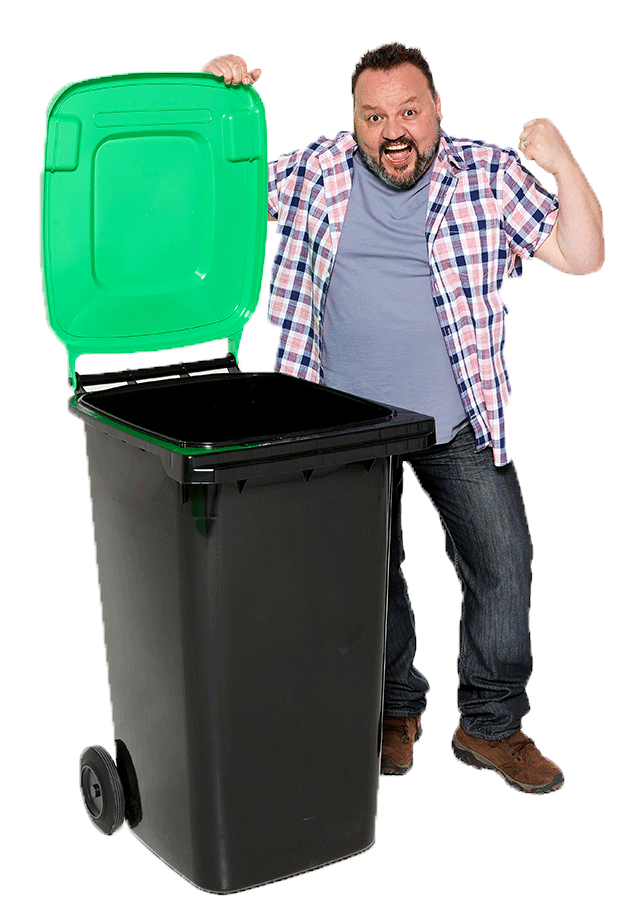
-
Bin: Green organics
Household kerbside collection bin for organic garden and kitchen waste, and compostable packaging. Contents are sent to a composting facility and turned into nutrient-rich compost to be used in farms, parks and gardens.
Residents can visit the Which Bin website to learn which items are accepted in their council’s green organics bin.
Businesses should contact their waste contractor to learn about the waste collection services available.

-
Bin: Red/Blue landfill
Kerbside collection bin for items that cannot be placed in the green organics bin or yellow recycling bin. Items from this bin are sent to landfill.
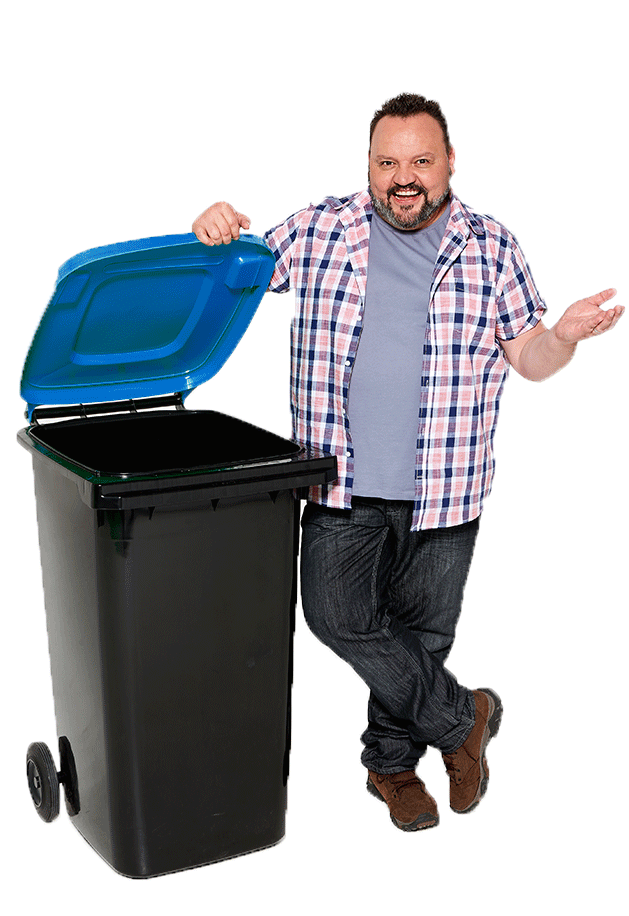
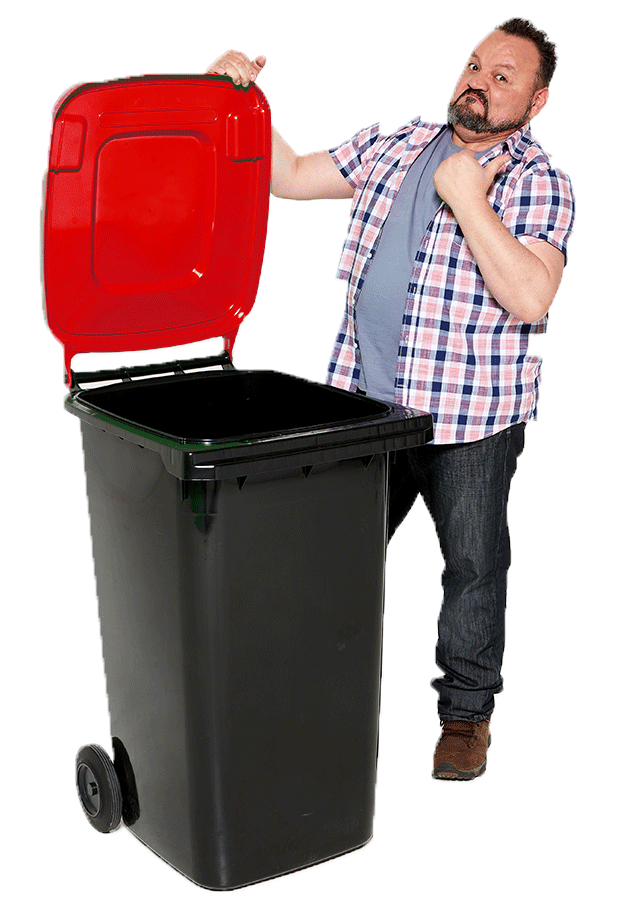
-
Bin: Yellow recycling
Kerbside collection bin for materials that can be captured in a recycling facility and sold on to manufacturers for re-processing into the same or new products.
Residents can visit the Which Bin website to learn which items are accepted in their council’s yellow recycling bin.
Businesses should contact their waste contractor to learn about the waste collection services available.
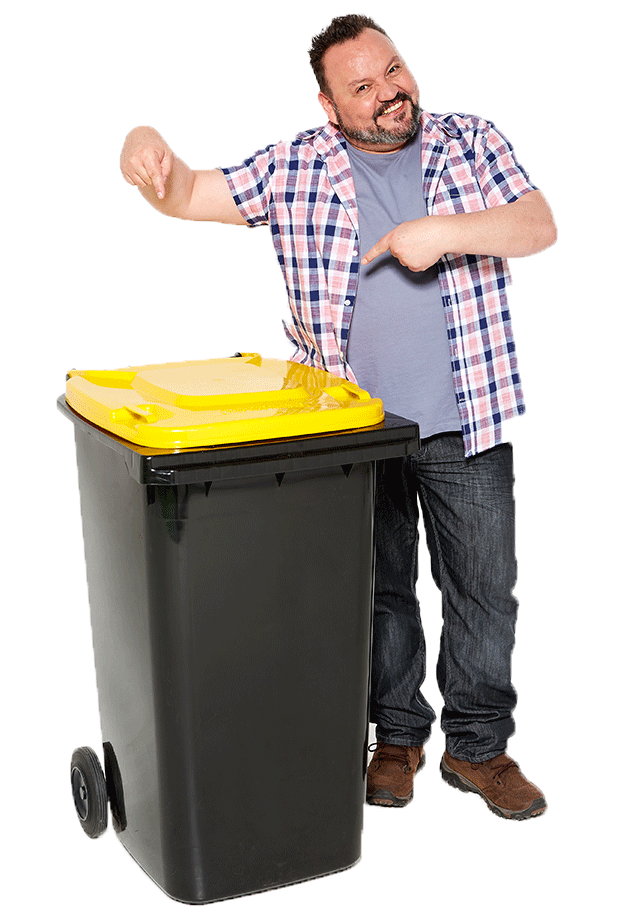
-
EPA
Environment Protection Authority.
South Australia’s independent environmental regulator. Authorised Officers from the EPA are responsible for the enforcement of the Single-use and Other Plastic Products (Waste Avoidance) Act 2020 Act and subordinate regulations.
-
EPS (Expanded Polystyrene)
USE: Avoid
MADE FROM: Fossil fuels
DISPOSAL: Red/blue landfill bin
BANNED: EPS cups, bowls, plates and clamshell containers banned from 1 March 2022 in South Australia.
PHASING OUT: Other EPS food and beverage containers will be banned from 1 September 2024, and EPS trays for meat, fruit and other food items are to be phased out
EPS is Expanded Polystyrene, also referred to as ‘foam’ and ‘Styrofoam’. A lightweight foam-formed plastic material, opaque in appearance. Not readily recyclable. Easily crumbles into smaller plastic pieces that float and disperse in the wind, contaminating the environment.
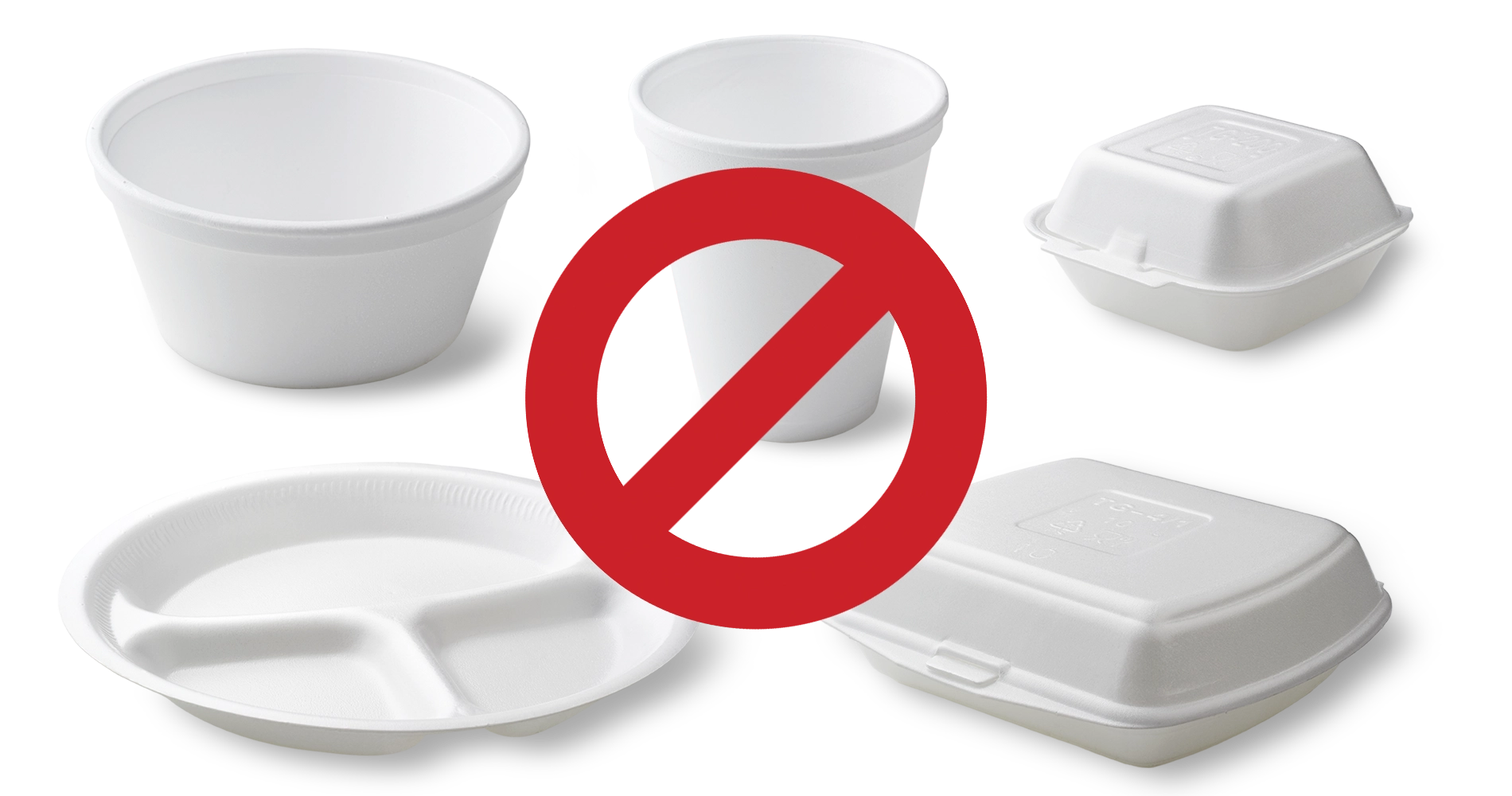
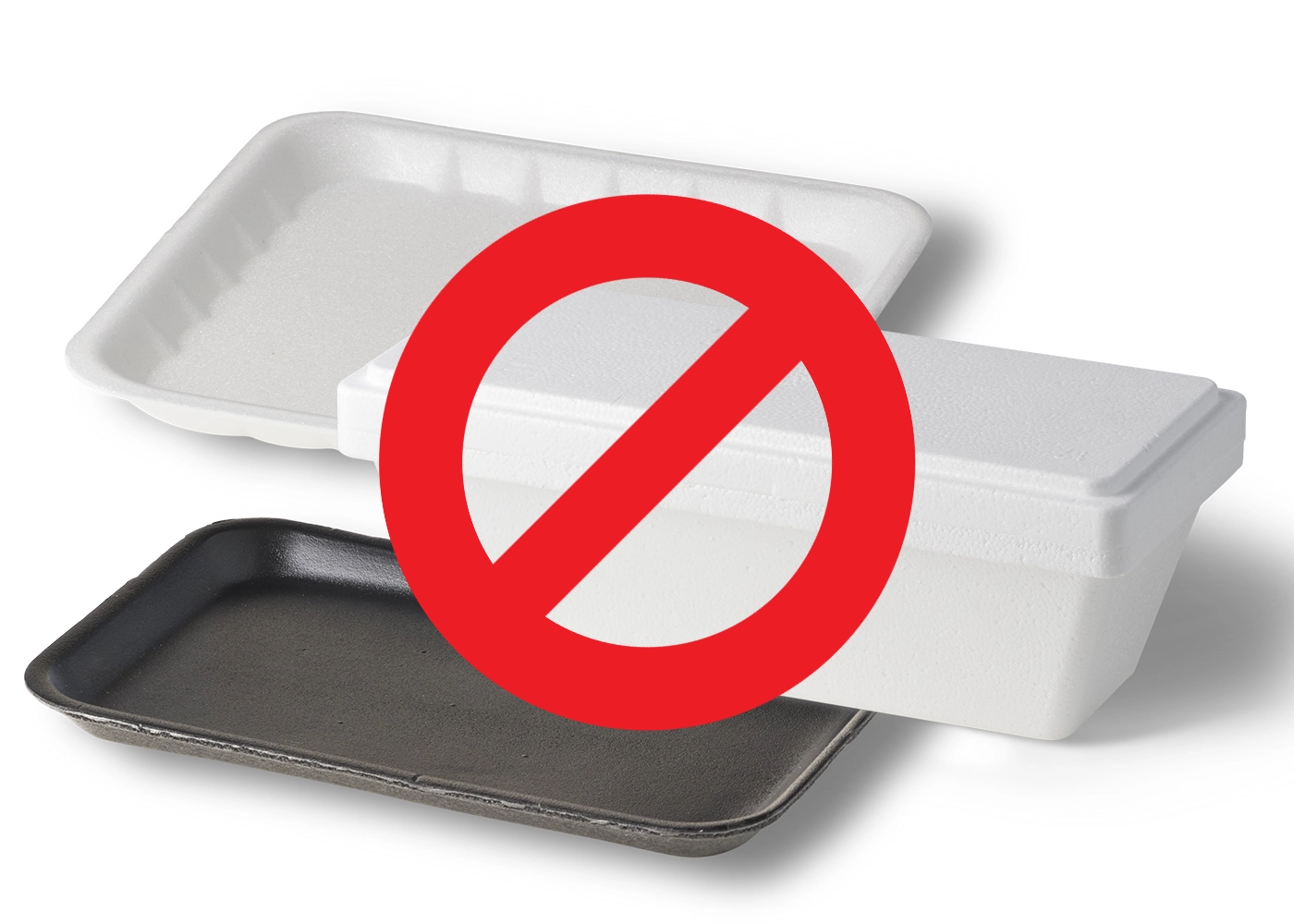
-
Kitchen caddy
A kitchen benchtop container for the collection of household food waste that will later be placed in the green organics bin. The container may be ventilated (requiring a compostable bag liner) or enclosed for direct disposal into the green organics bin.
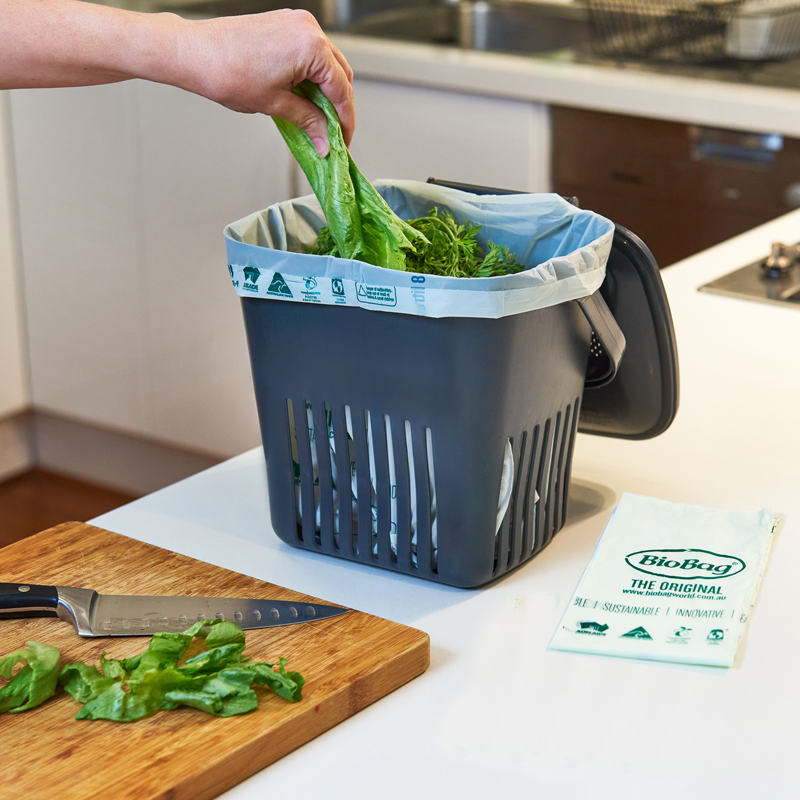
-
PFAS
Per- and Polyfluoroalkyl Substances (PFAS) is a group of more than 4,000 chemicals, some of which can be applied to a range of products, including paper and cardboard food packaging, to make them water and heat resistant.
While understanding about the human health effects of long-term PFAS exposure is still developing, there is global concern about the persistence and mobility of these chemicals in the environment. Many countries have discontinued, or are progressively phasing out, their use. The Australian Government has worked since 2002 to reduce the use of certain PFAS. As a precaution, the Environmental Health Standing Committee recommends exposure to PFAS be minimised wherever possible while further research is undertaken on the potential health effects.
-
PLA
Polylactic acid (PLA) is a bioplastic derived from renewable, plant-based sources such as corn starch or sugar cane.
Products may be made in whole or in part from PLA. For example, PLA can be used to make clear plastic products, and can also be used as a lining for fibre packaging such as coffee cups.
Some PLA products are certified compostable (look for symbols).
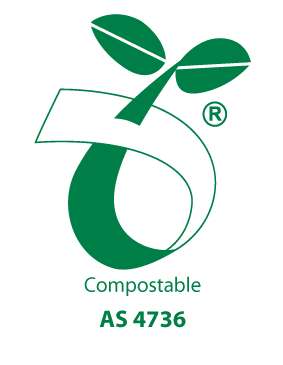
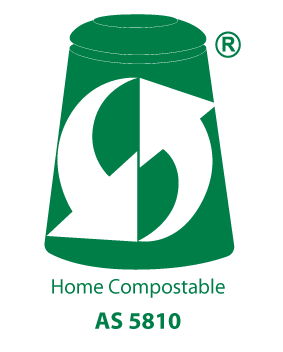
PLA can be produced using the same equipment as petrochemical plastics, increasing its viability as a replacement.
-
Plastic: Biodegradable
Use: Avoid
Made From: Fossil fuels and biological additives
Disposal: Red/blue landfill bin
Fossil fuel-based plastic with ‘bio’ additives, such as enzymes, that enable the plastic to break down into tiny fragments, or microplastics, which do not completely decompose.
The tiny pieces of plastic persist in the environment, disperse into air, soil and water, and are easily ingested by animals and humans.
The term ‘biodegradable’ is unregulated and open to misleading use. Be aware of ‘biodegradable’ as a term that may indicate greenwashing, that is, unproven and/or vague environmental claims.
Biodegradable is not the same as compostable.
-
Plastic boutique bag
USE: Avoid
MADE FROM: Fossil fuels
DISPOSAL: Re-use as much as possible before disposing in the red/blue landfill bin
PHASING OUT: By 1 September 2024 in South Australia
Thick plastic bags with handles supplied or sold at retail outlets to carry customer purchases.
Consumers can avoid boutique bags by bringing their own reusable bags when shopping, choosing paper alternatives, or simply carrying small purchases un-bagged.
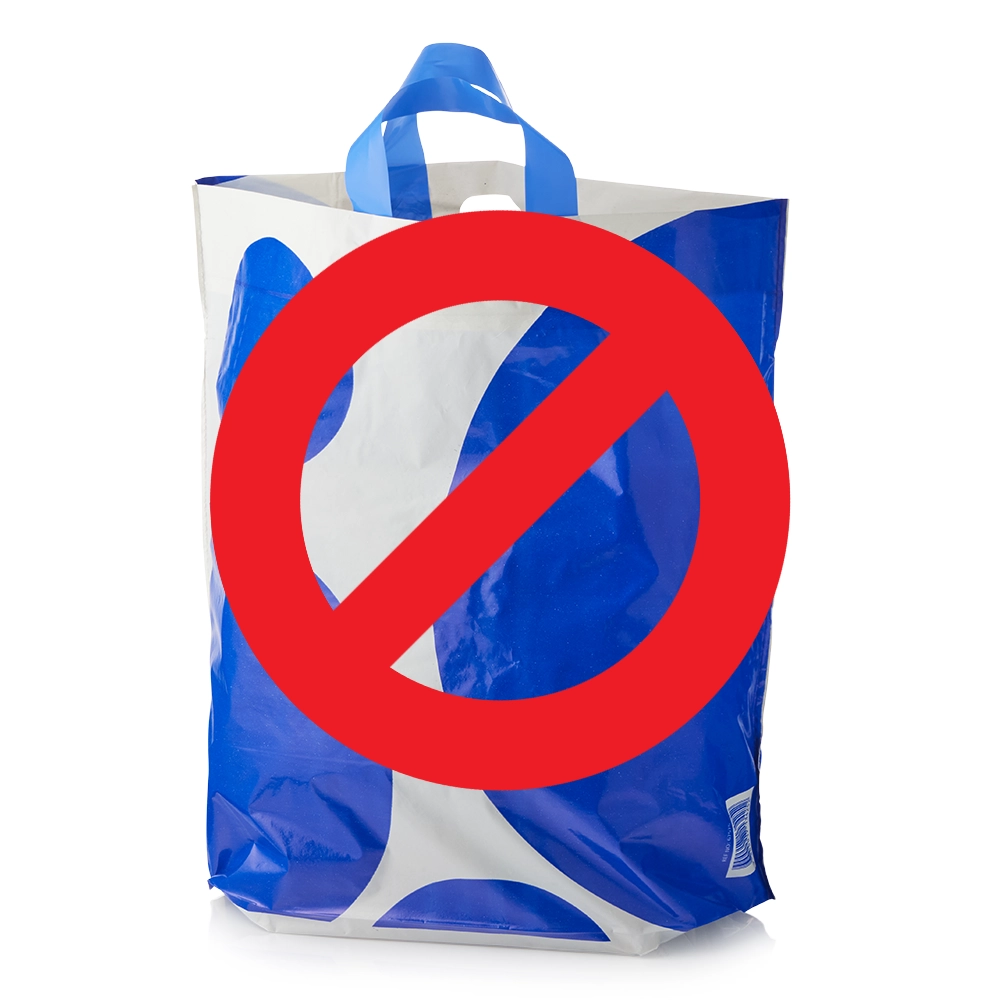
-
Plastic bread tag
MADE FROM: Fossil fuels
DISPOSAL: Collect in a clear plastic container, like a milk carton, and place in yellow recycling bin
PHASING OUT: By 1 September 2024 in South Australia
A small, flat clip, generally square in shape, commonly used in bakeries and supermarkets to seal plastic bags containing bread and similar baked goods. Individually, plastic bread tags are too small to be sorted in kerbside recycling collection. Non-plastic alternatives are now available.
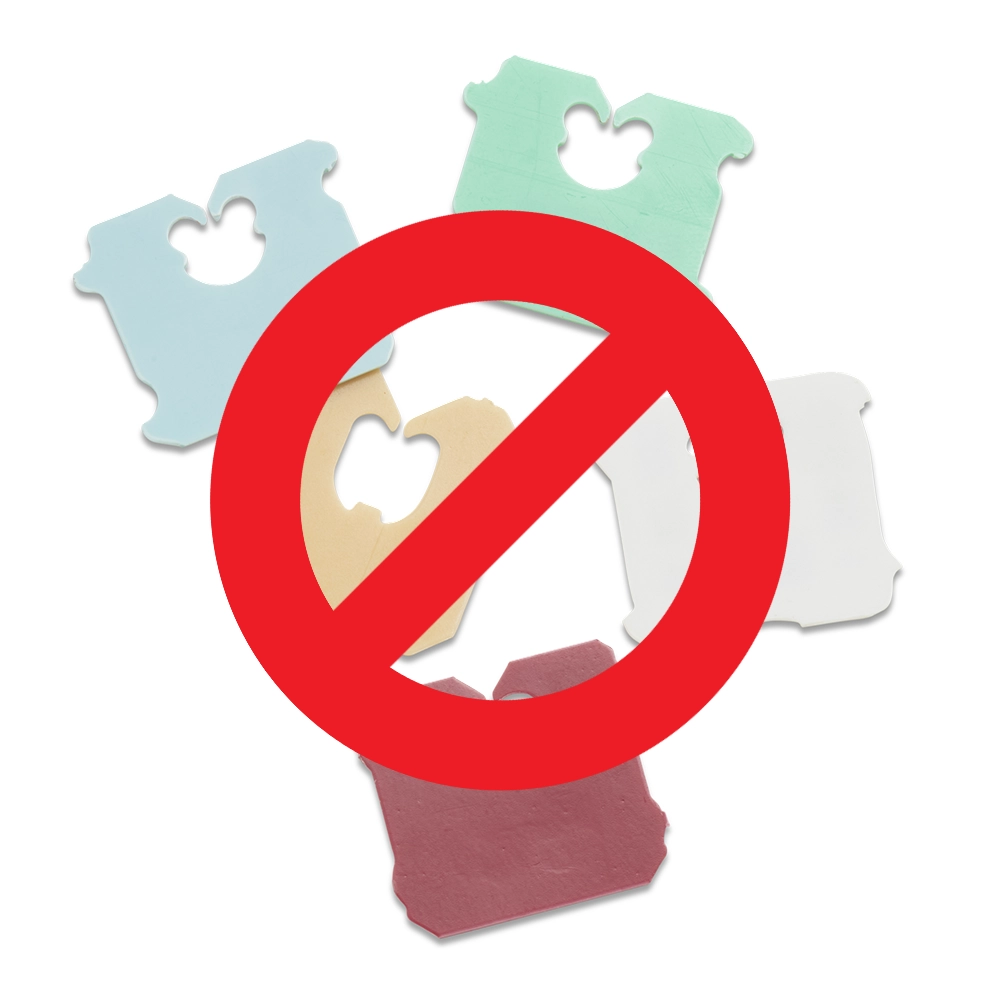
-
Plastic: Clear
Transparent plastic material, enabling a packaged product to be clearly seen, even if it is fully enclosed in a container. Historically made from fossil fuel plastics.
Compostable PLA alternatives now available.
-
Plastic: Compostable
USE: Good choice
MADE FROM: Natural plant components and additives that break down into organic materials which are beneficial to soil
DISPOSAL: Compostable: Green organics bin. Home Compostable: Home compost bin or green organics bin
Compostable bags, serving ware and containers are made with plant-based materials.
The minimum requirement to meet Australian Standards as compostable is that a product must be able to disintegrate into base organic components and be processed into soil improvement products in a commercial compost environment, within 90 days.
Australasian Bioplastics Association (ABA) verified compostable plastics will be labelled either ‘Compostable’ or ‘Home Compostable’. (Show symbols here.)
 Compostable items are likely to require the intense conditions of an industrial composting facility to efficiently break down.
Compostable items are likely to require the intense conditions of an industrial composting facility to efficiently break down. Home compostable items, such as compostable kitchen caddy liners and post satchels, will break down into natural non-plastic elements amongst other organic matter and organisms, within a home composting system.
Home compostable items, such as compostable kitchen caddy liners and post satchels, will break down into natural non-plastic elements amongst other organic matter and organisms, within a home composting system. -
Plastic: Degradable
Use: Avoid
Made From: Fossil fuels and additives
Disposal: Red/blue landfill bin
Banned: Oxo-degradable banned in SA from 1 March 2022
Fossil fuel-based plastic containing additives enabling the plastic to break down into tiny fragments or microplastics, which do not completely decompose.
The plastic persists in the environment, disperses in air, soil and water, and is easily ingested by animals and humans.
Degradable plastic may also be labelled oxo-degradable or UV-degradable.
-
Plastic: Oxo-degradable
USE: Avoid
DISPOSAL: Red/blue landfill bin
BANNED: From 1 March 2022 in South Australia
Oxo-degradable plastic products contain additives enabling the plastic to break down into tiny fragments, or microplastics, which do not completely decompose.
The plastic persists in the environment, disperses in air, soil and water, and is easily ingested by animals and humans.
-
Plastic produce bag
USE: Avoid
MADE FROM: Fossil fuel
DISPOSAL: Red/blue landfill bin
PHASING OUT: By 1 September 2024 in South Australia
Also known as ‘barrier bags’, produce bags are handle-less and are used to contain unpackaged foods such as fruits, vegetables and nuts. These bags are typically dispensed on a roll accessible to customers. Compostable alternatives are available.
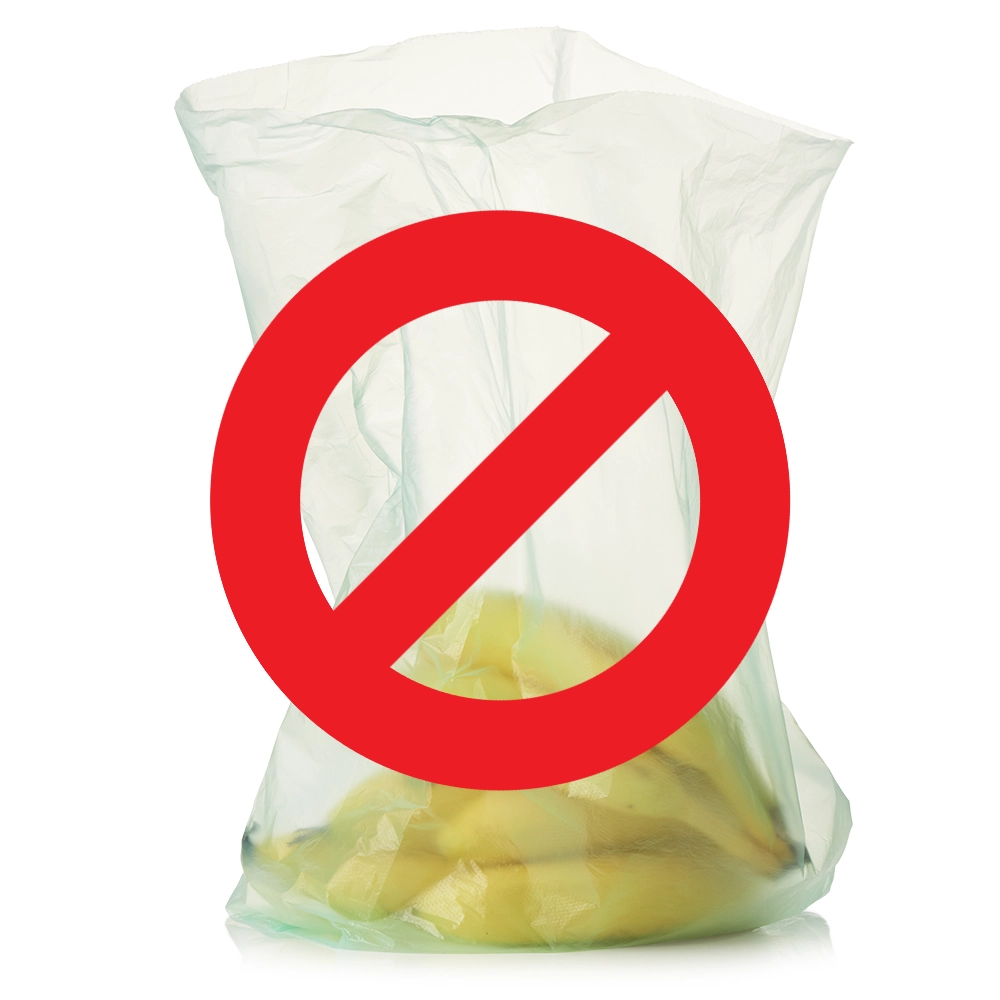
-
Recyclable
A product is recyclable if it can be re-processed and turned into the same product or used as a material input for new products. There must also be demand from manufacturers for this post-consumer material. Good choices are glass and aluminium, which can be recycled into same-use, high-demand products.
-
Reusable
Durable products designed to be used, cleaned if necessary, and used again, over and over. For example, reusable fabric shopping bags, reusable coffee cups, and reusable plates, bowls and cutlery at food outlets.
-
Single-use
Products designed or intended to be used once, or for a limited number of times before being disposed of.
A major source of plastic waste and environmental pollution, especially from single-serve food and beverage packaging. South Australia’s single-use plastic ban is managing the move away from waste, towards clean and green alternatives.
-
Sterile bowl
A product used for medical purposes, including in operating theatres. May be single-use disposable plastic.
The South Australian regulations have been drafted to provide an exemption for single use plastic bowls used for medical, scientific, law enforcement or forensic purposes, but do not include exemptions for bowls used to serve food and beverages to people.

